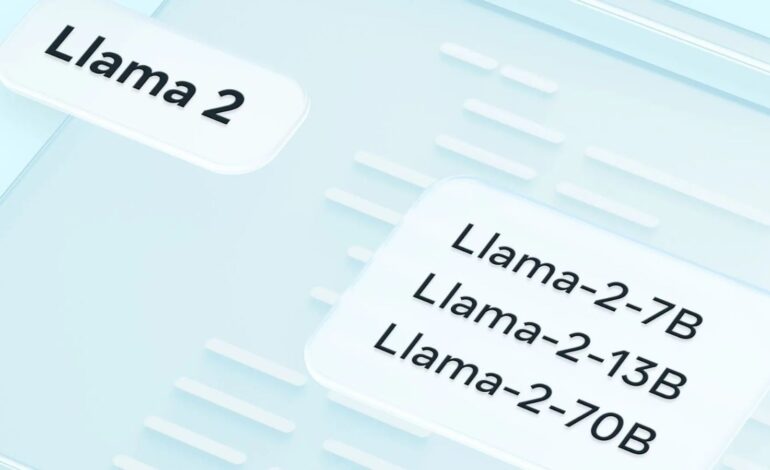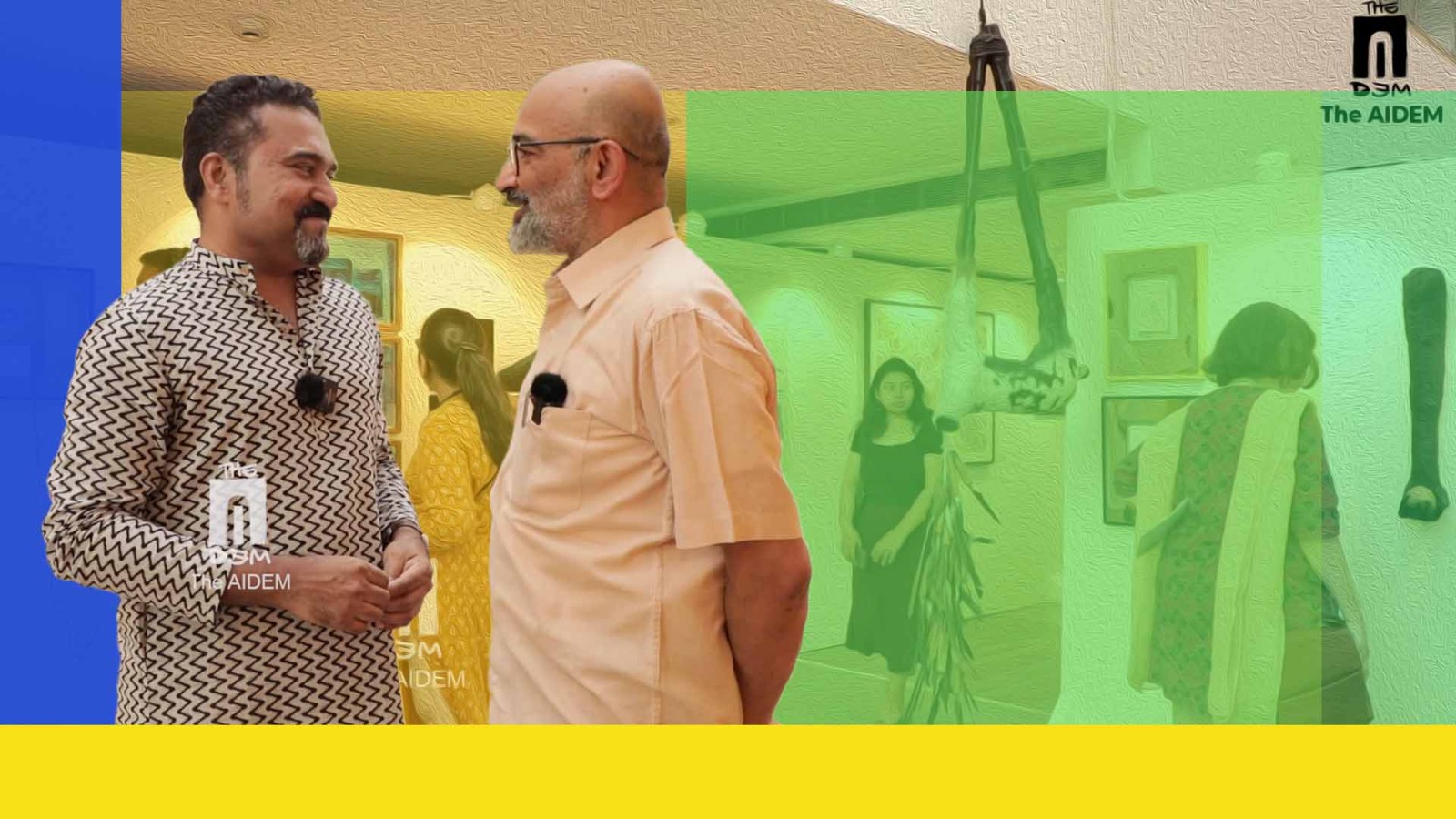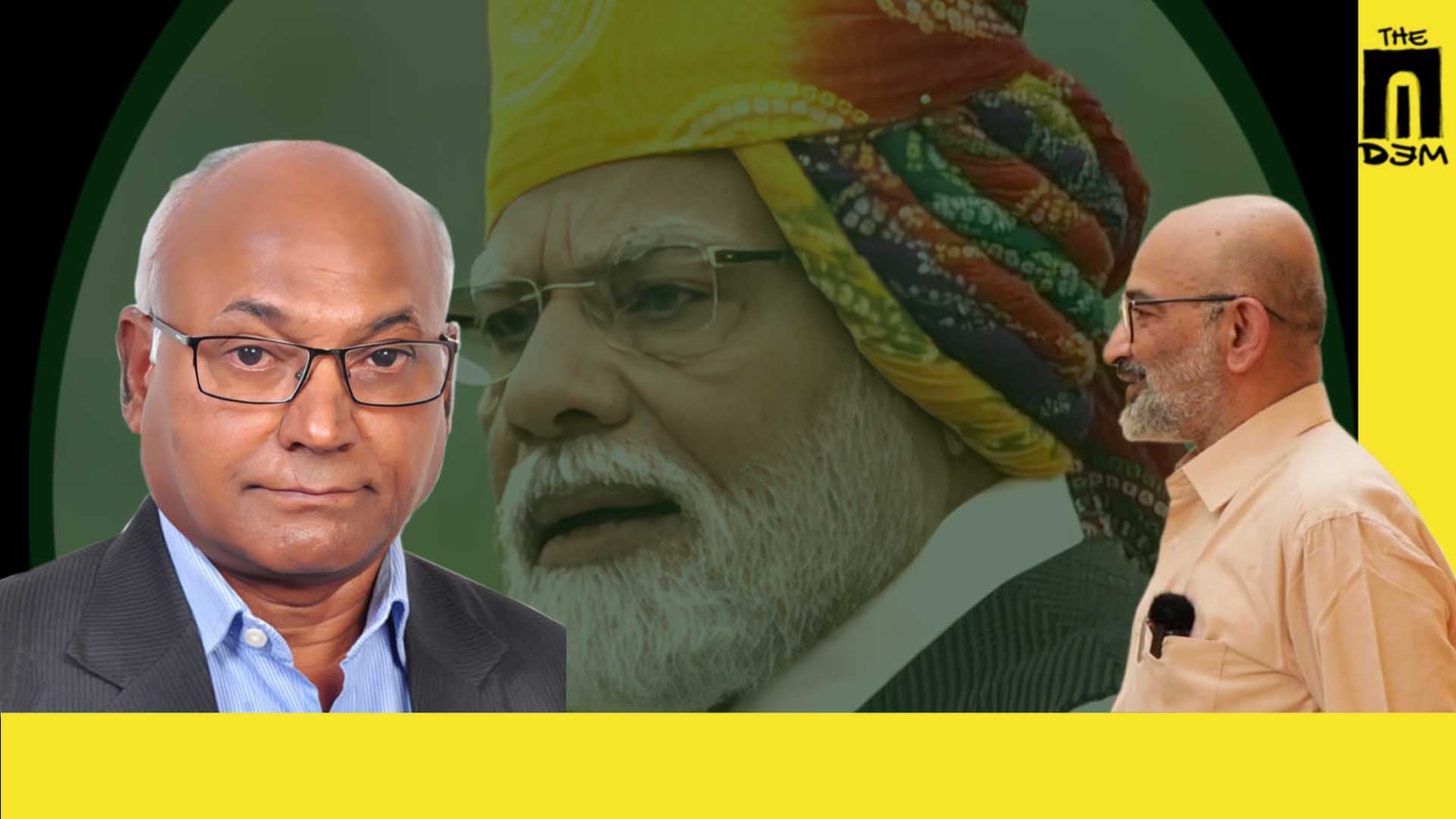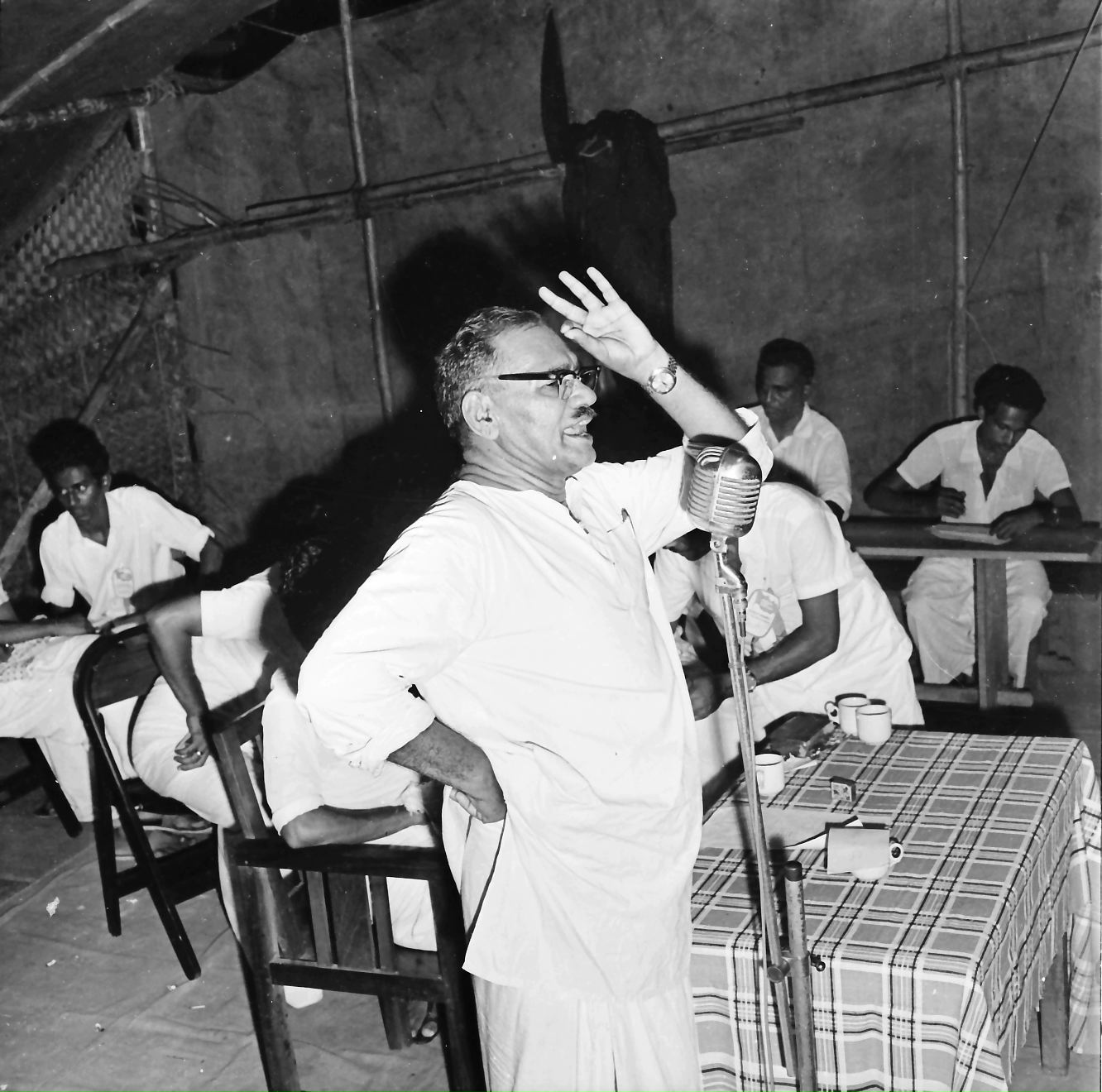The Lotus and the Swan – A Television Documentary on Gurcharan Singh by Nirmal Chander

The Lotus and the Swan, is a documentary film shot in the Digital format by Nirmal Chander, the acclaimed film-maker. It is on Sardar Gurcharan Singh who, after having started in pottery, simply to earn a living, discovered quite early in life, that it could become a medium of serious artistic expression like painting, sculpture and various branches of graphics. Nirmal Chander, also did sixty to seventy per cent of the camerawork- two others, namely the highly talented veteran Ranjan Palit and K Nanda Kumar also did stints behind the camera, a digital Sony F S 5. The beautiful visually consistent look that lent an emotional unity to the documentary, was achieved through subtle, painstaking colour correction. This 71-minute work on the life of an artist, who rose from becoming an artisan of ever- increasing competence to expressing his personality in clay with as much integrity as others working in other ‘officially’ recognised areas of visual expression gives the viewer an opportunity to enter his deceptively simple world.
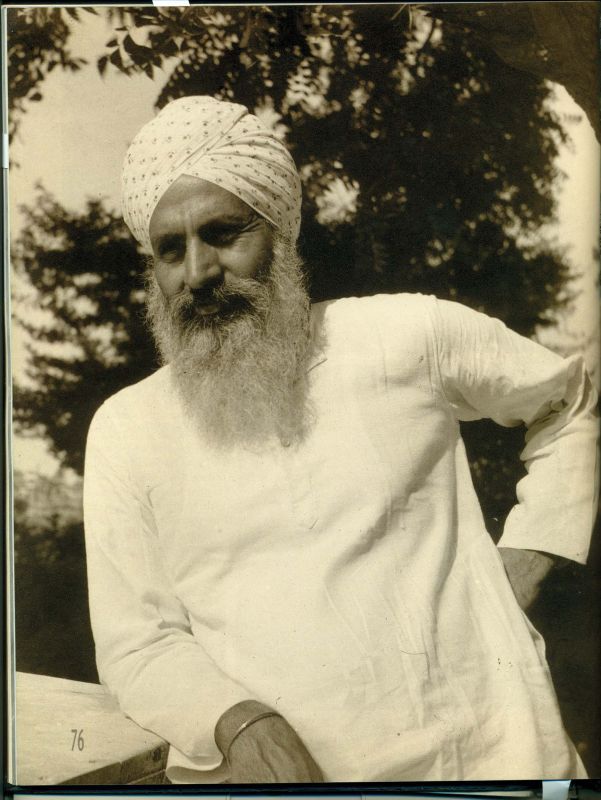
The director, who started his project in 2019, was hampered by the wholly unforeseeable appearance of the Covid Pandemic, and the absence of the artist; he had passed on at the age of 99 in 1995. Through sheer grit and intrinsic artistic intelligence, Chander managed to create a wholly satisfying portrait of Sardar Gurcharan Singh, who, single-handed, raised pottery to a form of artistic expression, and that of a warm hearted, giving person who lived in the everyday world with simplicity and grace, giving freely of himself and his work to hundreds of students, over three generations and also people who came to him for material help.
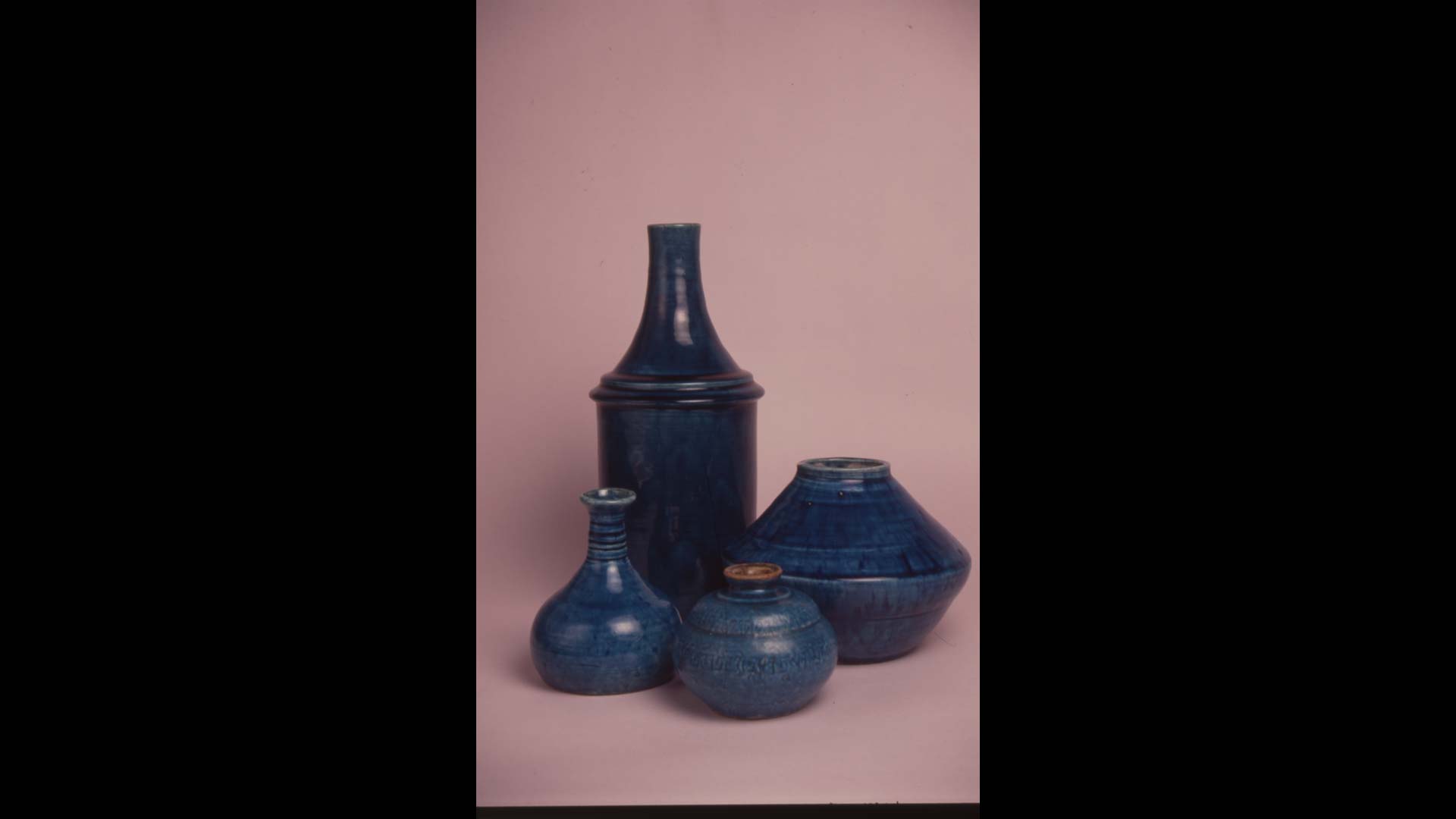
The making of the documentary involved enormous amounts of work during the research, the preparation period, identifying Gurcharan Singh’s work that was to be found all over India and also abroad, photographing them to satisfaction ,identifying and interviewing people connected with his work as well as his family, going to Japan, where Gurcharan Singh studied pottery at the Higher Technical School in Tokyo from !919 to 1922, collecting archival material, mainly photos of the subject, alone and with others, apart from photographs of Delhi and Andretta, Tokyo. Nirmal Chander and Reena Mohan, his wife and co-editor of the film, through sheer persistence and faith in the work and backed by the consistent, generous support of Delhi Blue Pottery Trust, also the Producers of the venture got to make The Lotus and the Swan in an aesthetically satisfying way.
Gurcharan Singh’s life was a curious mixture of the ordinary and the extraordinary. He began by studying Geology, which,according to his son, Mansimran Singh, aka ‘Mini’, also a well- regarded potter/ceramist,’’led to his qualitative understanding of ores and minerals.’’ ( Prarthana Asija, conversation with Mansimran Singh) when studying in Tokyo he met fellow ceramists Bernard Leach,Kenkichi Tomimoto, Shoji Hamada, Kanjiro Kawai, all of whom destined to make a name for themselves in their chosen metier. Gurcharan, also held his first exhibition, when in Tokyo. It was then, he began to be aware of the conflict between pottery being a source of livelihood and a form of self-expression. He overcame these hurdles with humility, confidence and hard work, as if they were a given in this art called living. The Lotus and the Swan expresses these aspects of his life effortlessly.
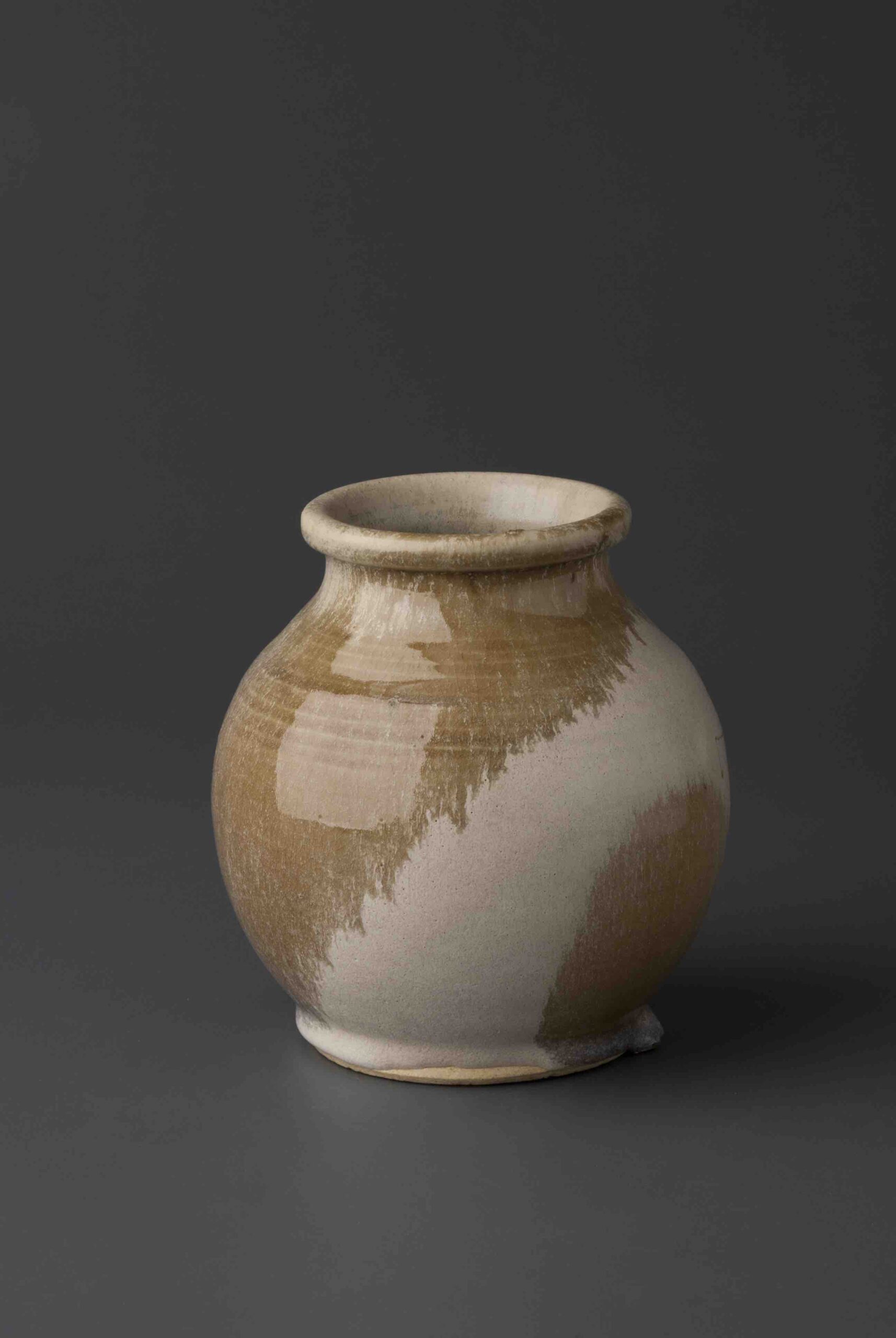
He joined Ram Singh Kabuli, his father’s friend, in Delhi Potteries in 1919, learning to make bricks. It was there that pottery captured his imagination. Watching Pathan potters at work, particularly Abdullah, whom he respected and who remained an associate till late in life, well after Gurcharan Singh had started his own set up, Delhi Blue Pottery in 1952. It was this sense of loyalty and fair play towards the people who may have helped at crucial times in his life that earned him the love and respect of all those who worked with him or were his students. These aspects of his life as well as his generosity in sharing his hard-earned knowledge of pottery/ceramics with others for the larger cause of the art itself gave him an exceptional stature; Chander, and co-editor of the work Reena Mohan, captured them with absolute ease.
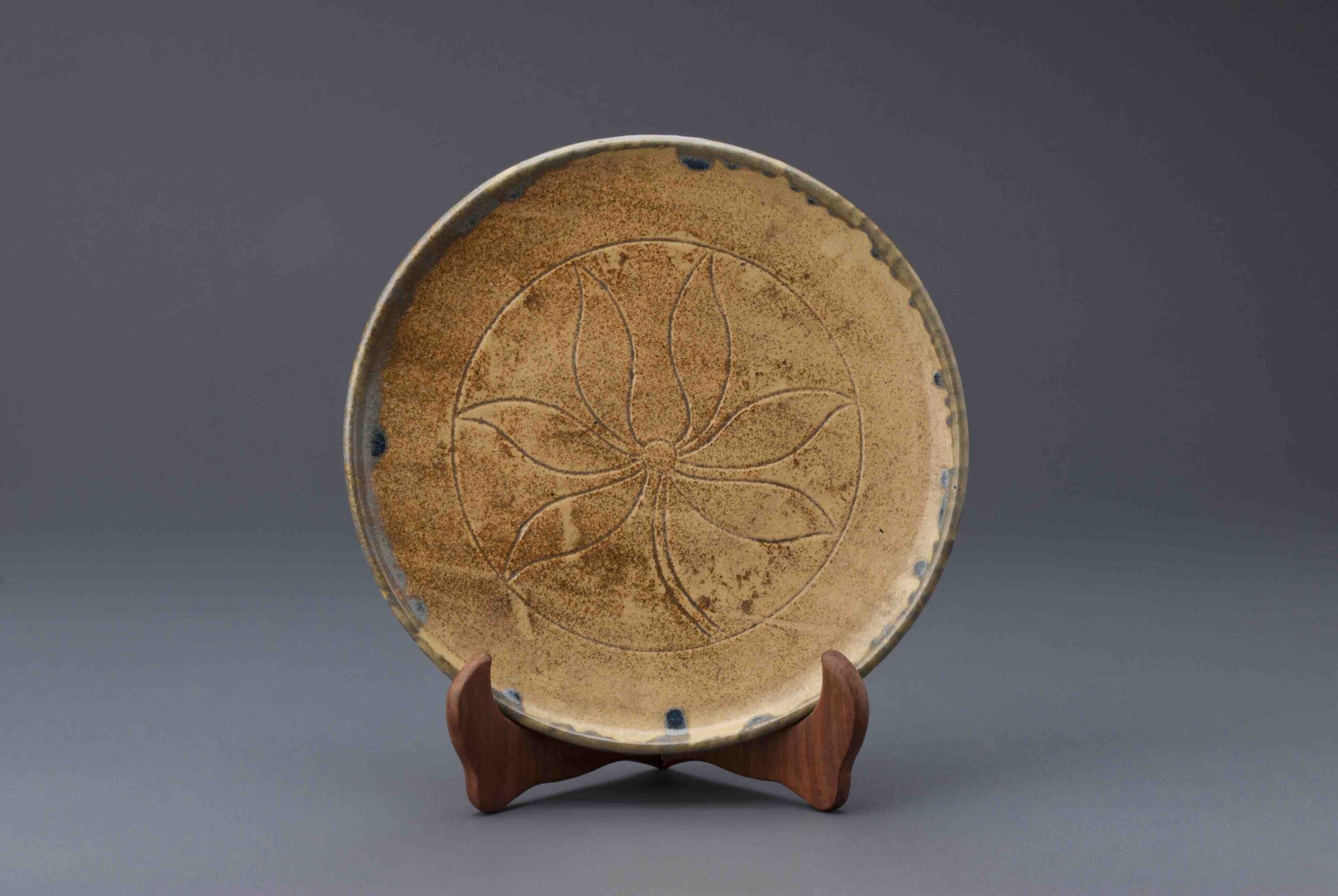
With most of the shooting done, it dawned upon the director and his co-producer that the film would acquire muscle and blood only after shooting some crucial sequences in Japan, covering his apprenticeship at the Higher Technical School in Tokyo and his auspicious beginning as an artisan-artist. Two important interviews with Prof. Yuko, an expert on the Mingai Movement, that gave precedence to hand-made objects of everyday use, primarily in ceramics, created by ordinary amateurs (of talent) over those by professionals having access to factories, and, another with Prof. Hashimoto, a professor of Letters, give credence to Gurcharan Singh’s decision to choose studio pottery over mass produced works, as the right one.
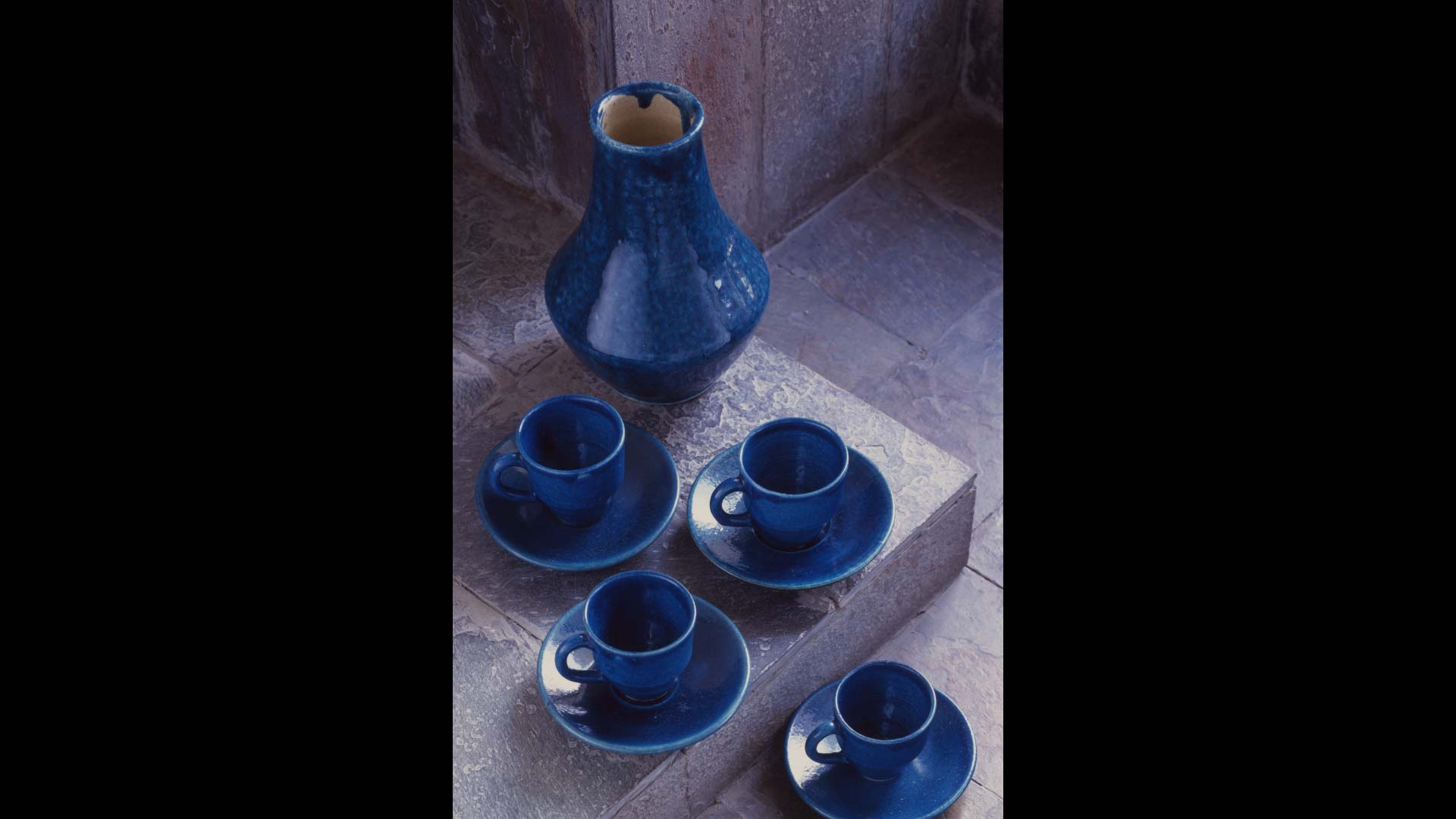
On his return to India and work at Delhi Potteries, he was unhappy. It was difficult to just earn his living, knowing that he could make beautiful objects as a studio potter. In Ambala, after the Partition in 1947, he worked as Superintendent of the Pottery Training Centre, thus ensuring a regular income. He retired in 1952, came back to Delhi after years with his mentor Abdullah to start Delhi Blue Pottery. ‘’He used stoneware clay body and high temperature glazes, fired at 1300 degree centigrade in coal kilns. He supported himself by making glazed tiles and ceramic lattices which were bought by architects in Delhi.’’ (Indian Ceramic Art Foundation). A word about the blue colour that made him famous. Its origins were in Persian Blue, which came in three shades, the most sensual being the one that most resembled the colour of Lapiz- lazuli, a semi-precious stone used in jewellery. The Blue tone, he formulated to use in ceramic creations, became his visual signature, though, he also used other colours with flair in his very many creations. The lotus, an often seen motif in his work, came probably from his appreciation of its curving lines, Its arabesques. The curves of a swan in motion inspired him to add it as a motif to some of his creations.
The Japan shots of Tokyo Technical University, College of Liberal Arts, Osaka, Kanazawa,Nara Temple, and various street scenes are lovely to look at and add a nimbus to the story of Gurcharan Singh’s becoming the realised artist, modest, despite considerable achievement. The images of present- day Japan intercut with archival photographs, and some documents give a clear idea of how he evolved as a ceramic artist, how his sensibility was gradually shaped into understanding that a utilitarian calling like pottery could become an art form to be taken as seriously as painting, sculpture and drawing.
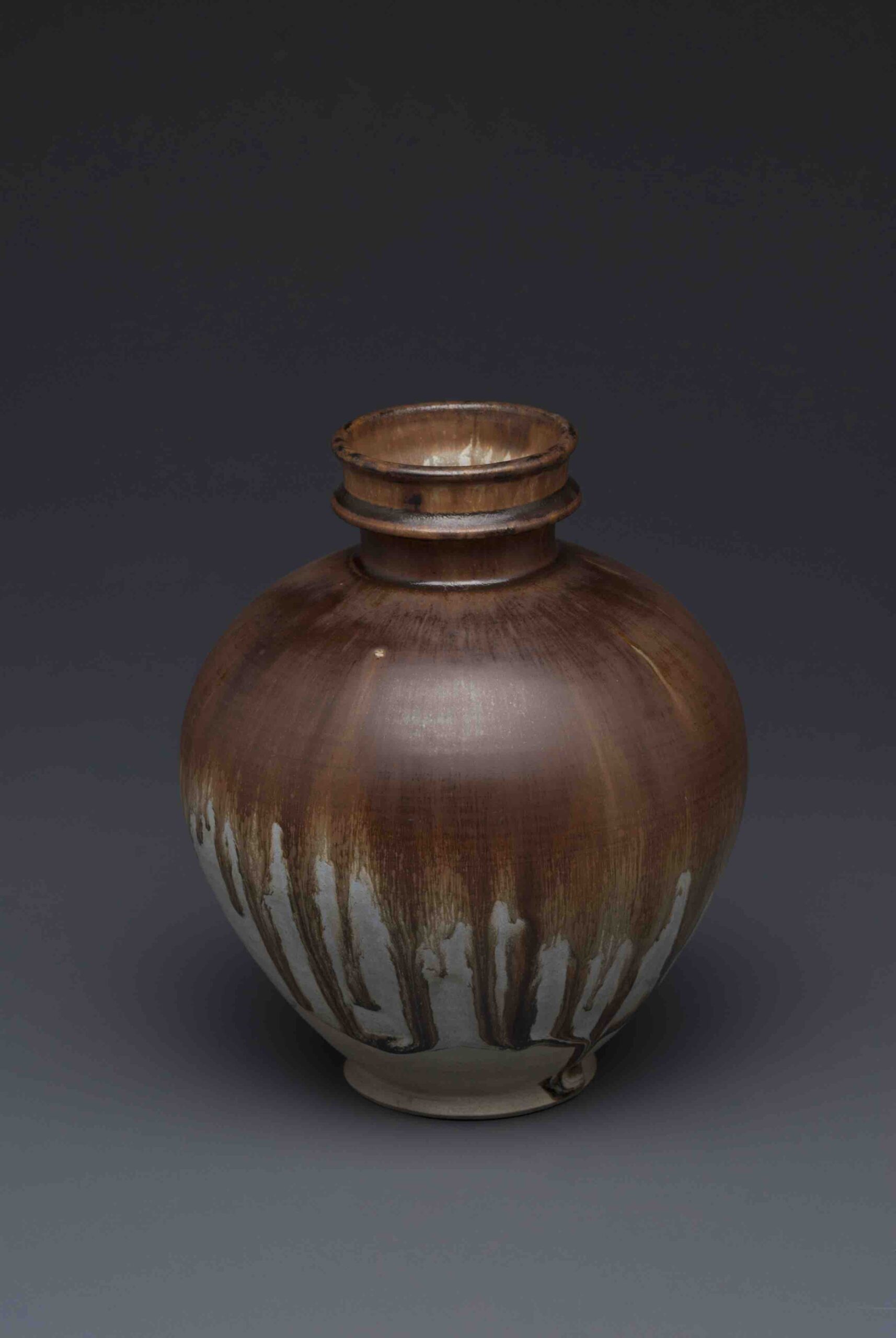
The are very many people who talk on camera about Gurcharan Singh affectionately called ‘Daddyji’ since his association with Delhi Blue Pottery which began in 1952. This was probably because of his protective, fatherly personality. All his life, since his return to India in 1922, he had shown a distinct ability to bring like-minded people together to serve a common cause, that of Studio Pottery. Those of whom felt at ease in his protective, nurturing presence, called him ‘Daddyji’ spontaneously. There is a lot of talk about ‘Daddyji’ and his kindness and generosity as a teacher and many students like the well- regarded ceramic artist Deepali Daroze speak about the necessity he felt of passing hard-earned knowledge of the craft of pottery to aspiring potters. He talked her into teaching more students at the studio -school than was possible due to a lack of manpower. Nobody could say ‘no’ to him because he led by personal example.
Chander manages quite a feat by marshalling a plethora of facts about Gurcharan Singh’s life, achievements; the honours he received including a Padma Shri from the Government of India, the appreciation of artists here and abroad; his struggles-the government suddenly in 1986, decided to take away a sizeable portion of the land allotted to him for his kiln and studio, on Ring Road, Delhi thus cramping his working space – into a compelling narrative. However, the spoken word does not dominate the film, because there are plenty of examples of the artists’ work judiciously juxtaposed and sensitively photographed to bring out their beauty. What remains in the memory, as a result, is this touching visual experience of a pioneering artist’s work and his life of struggle and fulfilment.



